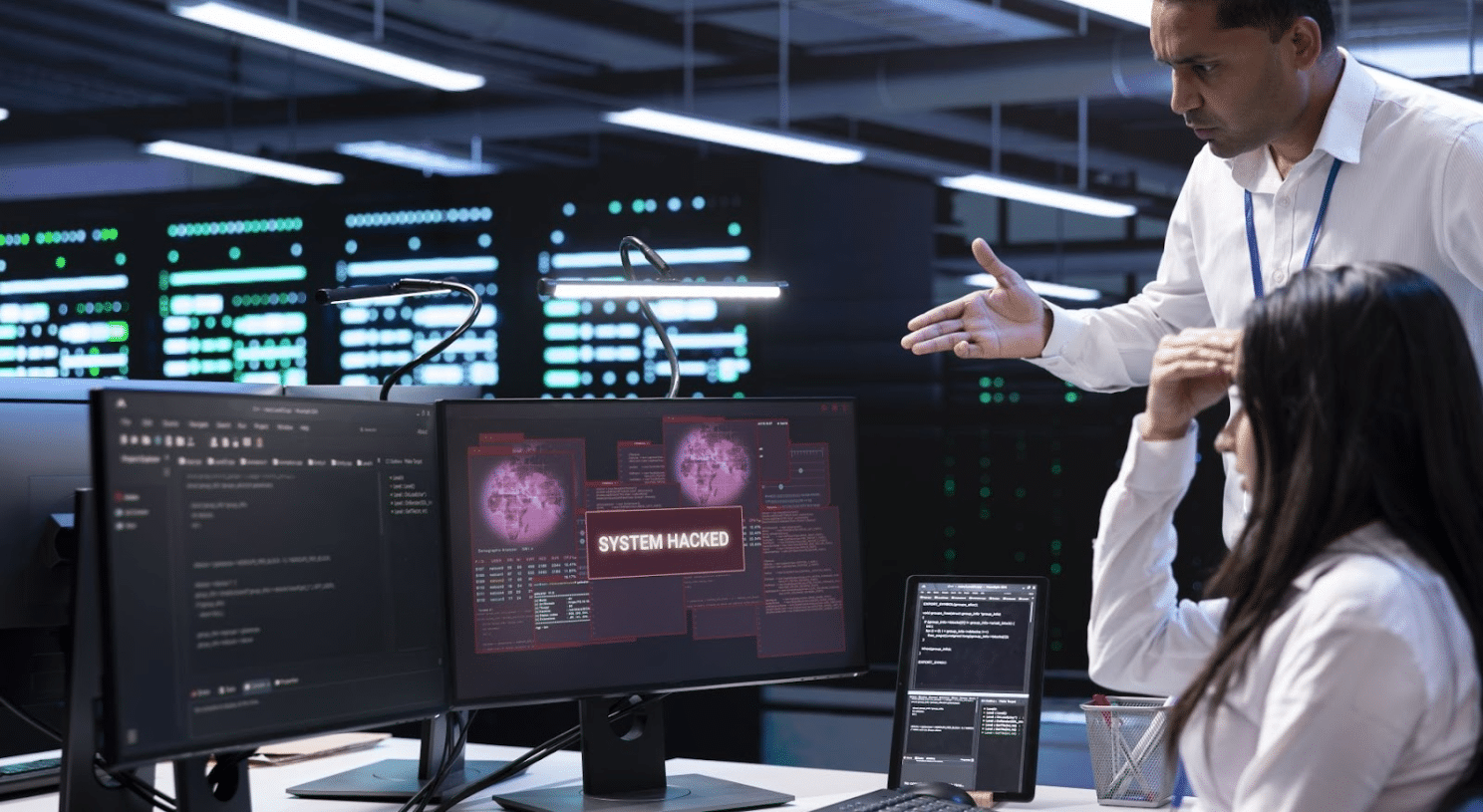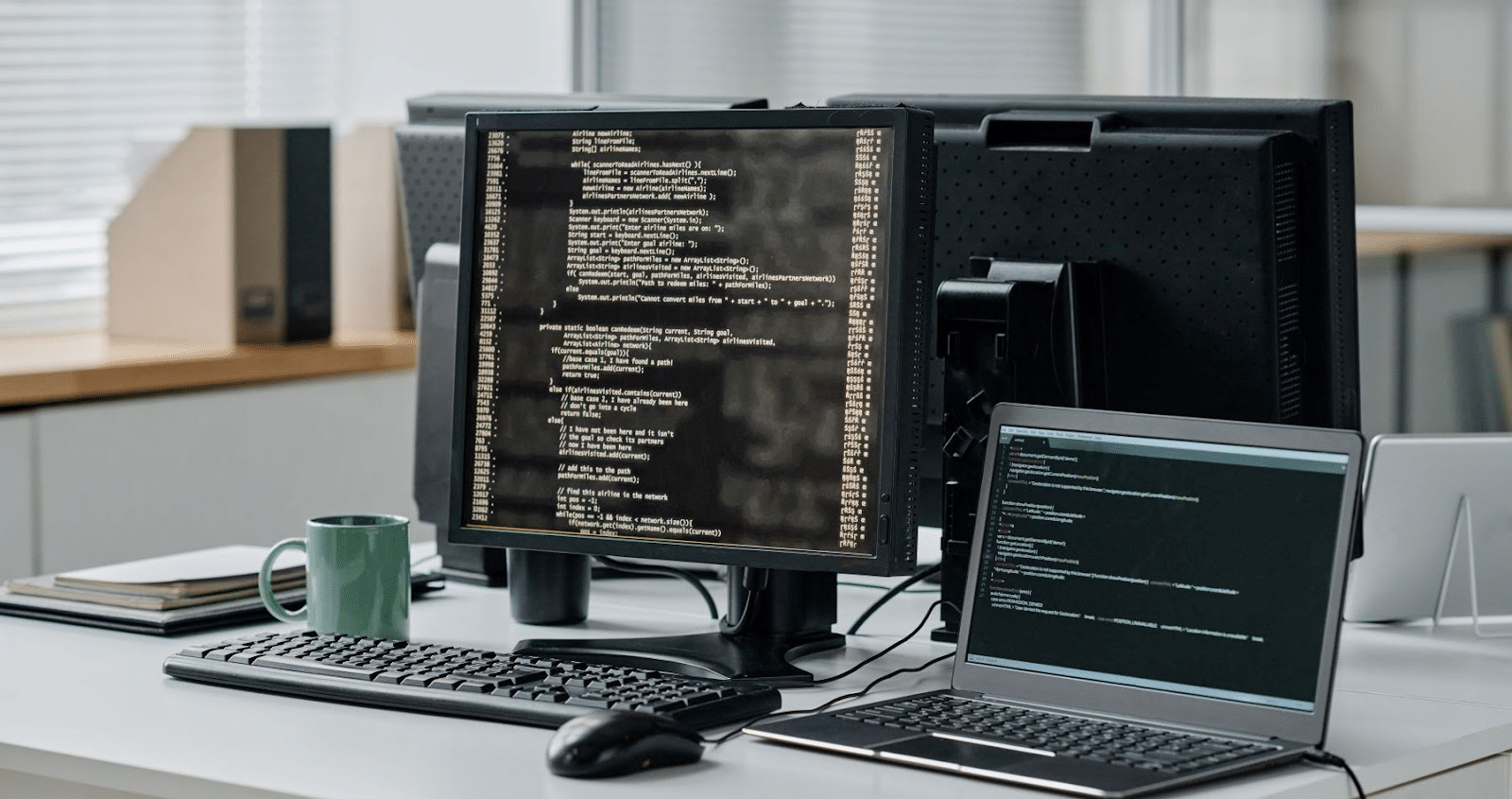You can’t walk into a boardroom, a threat intelligence briefing, or even a casual IT meetup these days without someone bringing up artificial intelligence. And for good reason. AI has been quietly embedding itself into everything from spam filters to endpoint detection for years, but now it’s front and center, with shiny new interfaces and names that sound like your new best friend. Microsoft Security Copilot is one of the most prominent players in this wave, promising to act as a knowledgeable sidekick for cybersecurity teams overwhelmed by the sheer volume of alerts, logs, and threat signals.
But here’s the real question: Is this a friend we can trust? A foe waiting for a misstep? Or something that, like any relationship, needs careful boundaries and mutual respect? Let’s explore how AI co-pilots are changing the way we approach cybersecurity—and what happens when we start relying too heavily on the bots.
AI as a Force Multiplier: How Co-Pilots Are Enhancing Cybersecurity
Let’s start with the good news—because there’s a lot of it. The promise of AI co-pilots like Microsoft Security Copilot isn’t just hype. These tools are designed to help cybersecurity analysts make faster, smarter decisions by analyzing mountains of data in real time, spotting trends, and offering suggested actions. In a world where threat actors work around the clock and many security operations centers (SOCs) are understaffed and overstressed, that’s a major advantage.
Security Copilot, for instance, integrates with Microsoft’s ecosystem to pull data from Defender, Sentinel, and other sources. It can summarize incident reports, provide recommended next steps, and help analysts understand the scope and impact of a breach—all in a conversational interface. This dramatically reduces the time it takes to move from detection to response, which is often the difference between a contained event and a full-blown incident.
It also reduces the burden of alert fatigue. Instead of analysts slogging through a thousand alerts, most of them benign, AI tools help prioritize what matters most. For many teams, this kind of support has been transformative.
The Human Element: Over-Reliance and the Automation Trap
But with great convenience comes great temptation. And that temptation is to turn our brains off and let the AI handle it.
This isn’t a knock against AI—it’s a warning about human nature. Automation bias is a real psychological phenomenon, where people tend to trust the output of an automated system, even when it contradicts their own knowledge or instincts. In the context of cybersecurity, that can be dangerous. If a Security Copilot says a system is clean, will a junior analyst dig deeper to verify? If the AI suggests isolating a machine or blocking an IP, will that action be blindly followed, even if the suggestion was made on shaky evidence?
The more we trust the AI, the less we question it. And while questioning might slow things down, it’s also what keeps false assumptions from becoming costly mistakes. An AI co-pilot should support the analyst’s decision-making, not replace it entirely.
When AI Gets It Wrong: Misinformation, Blind Spots, and Adversarial Risks
AI may be fast, but it’s not always right. Microsoft Security Copilot, like any other generative AI tool, relies on a combination of training data, real-time telemetry, and models that try to interpret what’s happening. That means it can get confused, hallucinate answers, or miss critical signals if the data isn’t clear. And when AI gets it wrong, the consequences can be significant.
Consider a scenario where AI recommends wiping a system due to suspected malware, but the signal it acted on was a false positive from a misconfigured alert. Or worse, imagine a well-crafted attack that intentionally feeds misleading data into the AI’s ecosystem, manipulating it into taking actions that actually benefit the attacker. This is called adversarial input, and it’s a growing concern in the AI research community.
Unlike traditional tools, AI systems can be gamed. Their blind spots aren’t always obvious, and because they present information in such a polished and confident tone, it’s easy to take their output at face value. That’s risky, especially in a field where certainty is often elusive.
Privacy, Policy, and Governance: Who’s Really in Control?
As Canadian businesses begin integrating tools like Security Copilot, another set of questions starts to emerge: What happens to the data?
Tools powered by large language models often rely on the ingestion of vast amounts of telemetry to function well. That includes system logs, threat intelligence, user behavior data, and in some cases, sensitive business information. For Canadian organizations subject to PIPEDA or provincial privacy laws, this creates a tightrope walk between leveraging the AI’s full potential and protecting the privacy of employees, customers, and clients.
There’s also the question of accountability. If an AI tool makes a suggestion and an analyst acts on it, who’s ultimately responsible for the outcome? And what happens if your security posture is shaped around a proprietary AI system that you can’t independently audit or understand? Vendor lock-in becomes more than a technical inconvenience—it becomes a governance risk.
Canadian organizations must navigate these questions carefully, with a strong focus on transparency, compliance, and control over how data is used, stored, and analyzed.
The Sweet Spot: Augmented Intelligence, Not Autonomous Defense
The real power of AI co-pilots doesn’t lie in replacing the human element—it lies in enhancing it. Augmented intelligence is the sweet spot, where AI helps human professionals do their jobs better, faster, and more accurately, without removing the need for their judgment.
In practice, this means building systems where the AI suggests but doesn’t decide. Where human analysts review, challenge, and refine the AI’s conclusions. Where feedback loops are in place to train the AI on actual outcomes, so it improves over time. It also means investing in training so cybersecurity teams understand both the capabilities and the limitations of the tools they’re using.
An AI co-pilot should be like a highly competent junior analyst: One who does the legwork, brings you the intel, and makes some suggestions—but who still looks to you to make the final call.
Looking Ahead: What Canadian Businesses Should Do Now
The rise of AI in cybersecurity is exciting, but it’s not a plug-and-play solution. Canadian businesses should proceed with enthusiasm, but also caution. That means evaluating new AI tools through the same lens as any other critical infrastructure addition.
Start with a risk assessment. What are you hoping to solve by using an AI co-pilot? What are the potential consequences if it fails—or if it’s misused? Conduct privacy impact assessments to ensure compliance with federal and provincial regulations. And consider starting with a controlled pilot program before rolling out any AI assistant across your entire SOC.
Most importantly, bring your people into the process. Train your analysts not just to use the AI, but to challenge it. Build a culture that values human oversight, cross-verification, and professional skepticism—especially in areas where the AI seems confident.
Done right, AI co-pilots can help reduce burnout, improve response times, and level the playing field against increasingly sophisticated cyber threats. But they aren’t magic. They need structure, oversight, and accountability to thrive in a real-world environment.
Final Thought: Friend, Foe… or a Co-Worker With Boundaries
So, what’s the final verdict? Are AI co-pilots in cybersecurity friends or foes?
The truth is, they’re neither. Like any tool, they reflect the intentions and practices of the people who use them. Treat them like autonomous experts, and you may be blindsided by errors or exploited by adversaries. But treat them like intelligent co-workers—ones who need supervision, support, and structure—and they can become invaluable partners in the fight against cybercrime.
As we move into this new era of hybrid defense, it’s not just about what the AI can do. It’s about what we, as cybersecurity professionals, are willing to question, learn, and ultimately decide for ourselves.
At Adaptive Office Solutions, cybersecurity is our specialty. We prevent cybercrimes by using analysis, forensics, and reverse engineering to detect malware attempts and patch vulnerability issues. By investing in multilayered cybersecurity, you can leverage our expertise to boost your defenses, mitigate risks, and protect your data with next-generation IT security solutions.
Every device connecting to the internet poses a cybersecurity threat, including that innocent-looking smartwatch you’re wearing. Adaptive’s wide range of experience and tools fills the gaps in your business’s IT infrastructure and dramatically increases the effectiveness of your cybersecurity posture.
To schedule a Cyber Security Risk Review, call the Adaptive Office Solutions’ hotline at 506-624-9480 or email us at helpdesk@adaptiveoffice.ca




